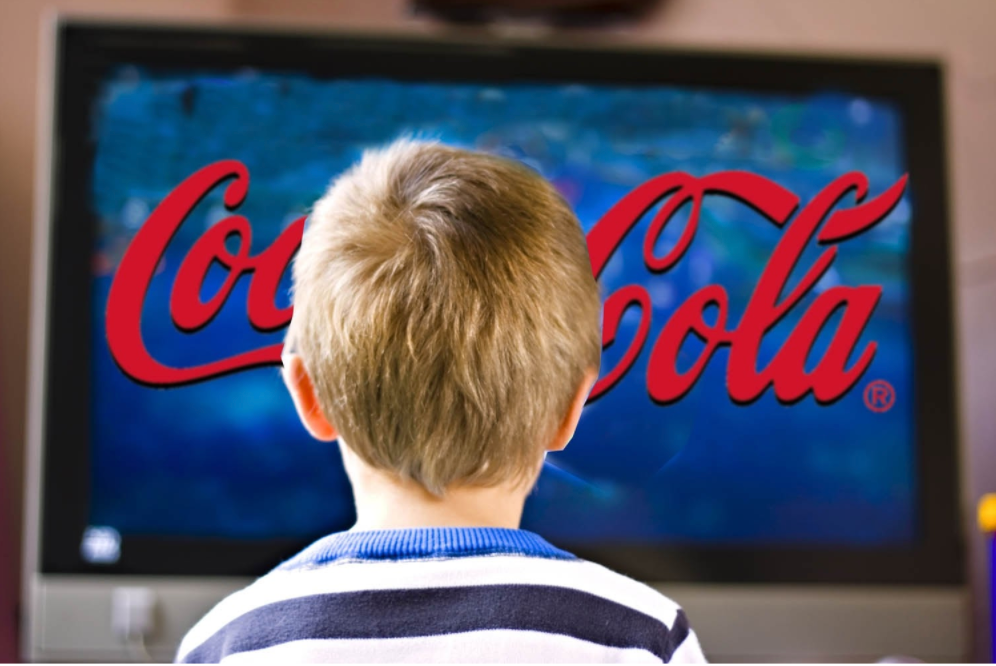What’s So Bad About Marketing to Children?
Like it or not, advertising to children is a towering industry, with children under 12 influencing over $130-670 billion a year in parental purchases (global issues). Companies in the U.S. alone spend up to $18 billion a year on these advertisements with the goal to create paying consumers as early as possible (Shah, 2010).






